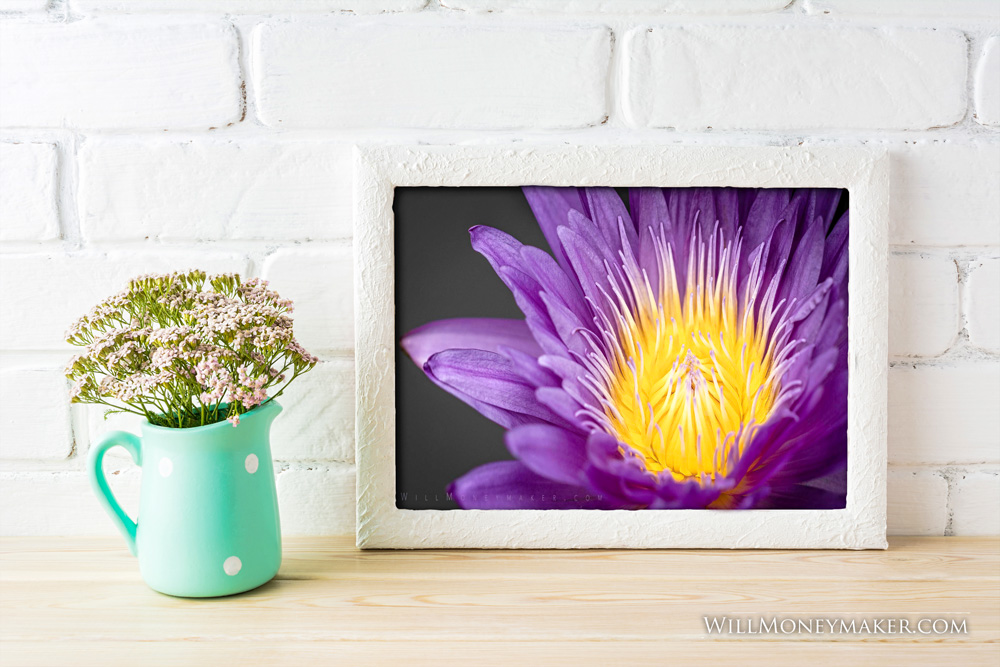So we photographers have relied on our cameras’ burst modes pretty much since burst mode was invented. Especially photographers who get involved in action-oriented photography. Several rapid-fire shots give us a much higher chance of getting a great shot of that football player making a touchdown or racecars crossing the finish line. It’s an essential tool for capturing those split-second moments when we can’t guarantee that we’ll hit the shutter release at the exact right time to create a single perfect shot.
But nothing can ever be perfect, right? The problem with burst mode is that sometimes, it can be a little frustrating. You set the camera up to capture the action in a series of images, but for whatever reason, the timing doesn’t line up exactly right, and none of the captured frames end up being quite what you were looking for. This is not something that happens all the time. Often, in the series of frames, there’s something perfectly serviceable. But sometimes it does happen, and it can be annoying when it does.
Is there a solution to this problem? Maybe, in the form of videography. If you think about it, that’s all videos really are — a series of captured frames just like burst mode, except more than burst mode because the frames are captured much more quickly to produce a smooth moving image. So, wouldn’t it be nice to simply capture a video and have a frame-by-frame record of the event from which you can choose the absolute best shot?
I suppose that’s probably a question that more has to do with available technology, and also what you want to do with the finished images. These days, there are plenty of DSLRs out there that offer video, quite often 1080p, which in terms of still frames, translates to a 2.1-megapixel image. Granted, 2.1 megapixels is pretty low. But if you’re producing smaller images, for instance, photographs that are meant to be displayed in an album or in smaller sizes in a newspaper, say within the 4×6 size range, this could be serviceable. And there are cameras capable of shooting in 4K. More expensive, yes, but 4K video gives you 8.5-megapixel images, which will still be sharp even at larger print sizes like 8×10.
And in the future? Well, there will surely be even bigger and better pieces of technology to come, cameras with even higher video resolutions that would allow us to create a video that can be turned into stills at larger megapixel sizes.
This is something not only for action photographers to think about but also anyone interested in any type of photography that might require a series of images. For instance, a photo project involving a series of similar photographs that show the progress of the image’s subject, like a man walking down the street. Or things like stop motion videos, which are put together with still images all linked to give that stop motion effect. With a camera capable of high enough video resolution to produce good quality stills, videography might just become the new burst mode.





